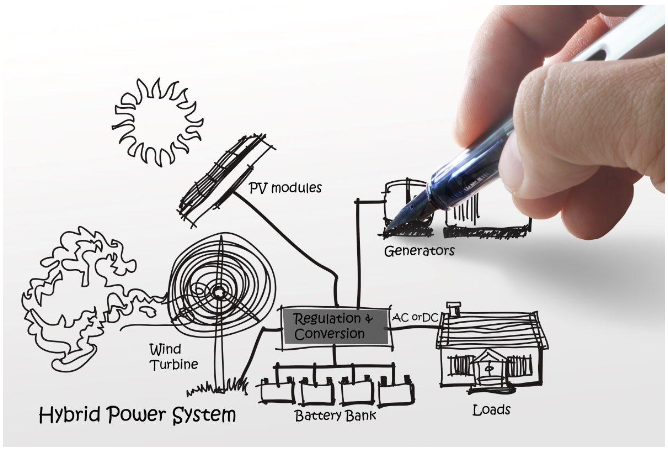Revolutionising the Road: How Australia is Paving the Way for Electric Vehicle Integration and Smart Grid Solutions
- Editor
- Apr 2, 2024
- 2 min read
In the quest to decarbonise and innovate within the transportation sector, Australia's New Vehicle Efficiency Standard, set to roll out in January 2025, heralds a significant shift towards electric vehicles (EVs) as cornerstones of sustainable mobility.

This initiative not only underscores the urgent need for cleaner transportation solutions but also reflects a broader commitment to reducing greenhouse gas emissions in line with global efforts.
Electric vehicles, with their potential to serve as both consumers and storages of energy, are at the forefront of this transformative policy.
They offer an intriguing solution to the dual challenge of cutting carbon footprints and managing the increasing energy demands of a modernized vehicle fleet. The integration of EVs into the national grid as dynamic energy storage systems could play a pivotal role in balancing energy supply and demand, thus enhancing grid stability and efficiency.

However, the transition to electric mobility is not without its challenges. Key among them is the necessity to ensure that the energy powering these vehicles is sourced from renewable means to truly capitalise on their environmental benefits.
Additionally, the infrastructural demands—spanning charging stations and grid upgrades—call for comprehensive planning and investment to support the widespread adoption of EVs.
The Australian government's fuel efficiency standard represents a critical step forward, aligning the country with international best practices in vehicle emissions and fuel consumption. Yet, the path to a fully electrified vehicle fleet is complex and requires a multifaceted approach.
Beyond the adoption of stricter efficiency standards, there's a need for robust testing procedures that accurately reflect real-world emissions, alongside policies that incentivise the purchase and use of EVs.
As the industry navigates these changes, the role of engineers and technology innovators becomes increasingly significant. Developing more efficient battery technologies, creating sustainable manufacturing processes, and designing vehicles that meet the diverse needs of consumers are just a few areas where ingenuity and expertise will drive progress.
The broader implications of Australia's move towards electric vehicles extend well beyond environmental benefits.

Economically, the shift promises to reshape industries, create new job opportunities, and foster innovation.
Socially, it could lead to healthier communities by reducing air pollution and noise. Moreover, the strategic importance of reducing dependence on imported oil cannot be overstated, enhancing energy security and resilience.
Australia's New Vehicle Efficiency Standard is not just a policy measure; it's a bold statement of intent, signalling a commitment to a cleaner, more sustainable future.
The success of this initiative will depend on collaborative efforts across government, industry, and the community to embrace innovation, overcome barriers, and drive forward in the quest for a greener tomorrow.


